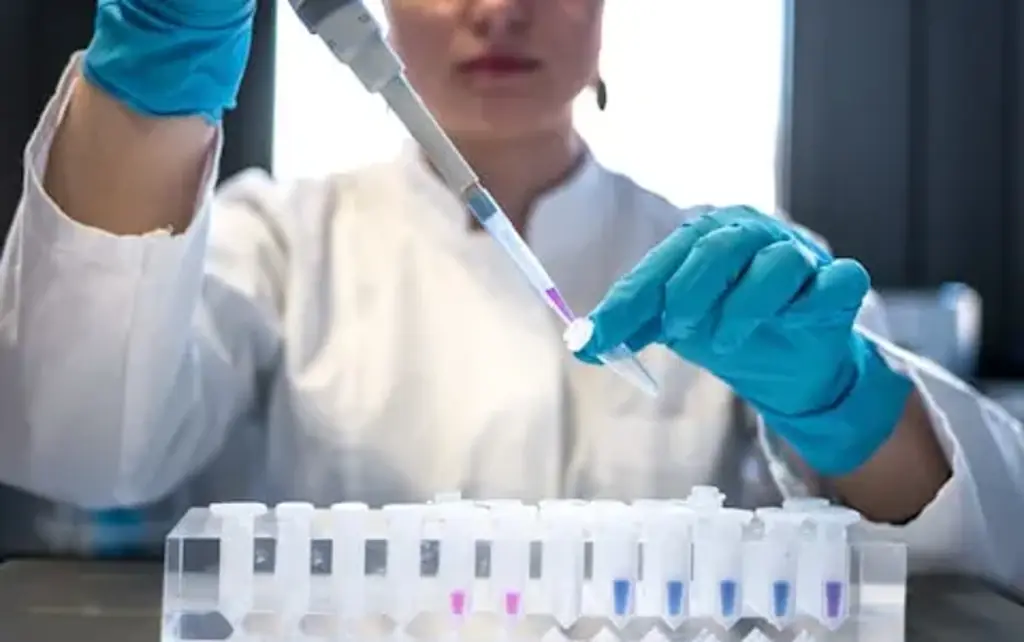
Many of us would have had Sea Monkeys when we were younger, but did you ever consider putting them under a microscope?
Marketed as instant aquatic pets that would spring to life before your eyes, they captivated a generation raised on a steady diet of Tamagotchis, cartoons, and comic book ads.

But the innocent little shrimp aren’t quite as simple as they seemed. And neither is the man who created them.
It all started when YouTuber Picocosmos decided to revisit the classic toy and document the process of raising Sea Monkeys.
Fascinated by the micro-world forming in his tanks, he took a closer look under the microscope and found something that “kind of creeped him out a bit.”
Beneath the gunk and algae at the bottom of the tank — which had grown into a mini-ecosystem for the tiny brine shrimp — he discovered wriggling nematodes: parasitic roundworms that live all over the world, including under his Sea Monkeys.
What started as a nostalgic experiment quickly turned unsettling.

Sea Monkeys, for the record, are actually a type of brine shrimp called Artemia NYOS.
They're sold in powder form and can survive for years when dried, only to “come to life” once added to water. In the right conditions, some even live up to a year.
They first hit the market in 1957 and became a pop culture phenomenon in the '60s, '70s, and '90s, attracting fans across generations.
But the strange organisms in the water aren’t the only disturbing part of the Sea Monkeys legacy. As it turns out, the real horror story lies in the man behind the brand.
Harold von Braunhut, the inventor and marketer of Sea Monkeys, was no ordinary toy entrepreneur.
According to multiple sources, including The Washington Post and the Southern Poverty Law Center, he had deep and unapologetic ties to white supremacist organizations including the Ku Klux Klan and Aryan Nations.
Despite being born Harold Nathan Braunhut and raised Jewish, he changed his name to sound more Germanic and actively distanced himself from his background.
He reportedly attended Aryan Nations conferences and even supplied weapons to the KKK.
“You know what side I’m on. I don’t make any bones about it,” von Braunhut told The Seattle Times in 1988, allegedly following a racist comment about a Korean shop owner's eyes.
After his death in 2003, disturbing memorabilia was discovered in his home, including “a German war poster autographed in 1940 by Hermann Goering, an inscribed photograph of Benito Mussolini and a print of World War II German aircraft signed by the Luftwaffe’s top four aces.”
When asked about his heritage, he replied: “I will not make any statements whatsoever.”
It didn’t stop there. The Southern Poverty Law Center reported that von Braunhut had pledged profits from one of his other inventions — the Kiyoga Agent M5, a spring-loaded self-defense weapon — to fund the legal defense of Aryan Nations leader Richard G. Butler.
He was also named one of the “outstanding Aryan nationalist leaders” at the 1984 Aryan Nations Congress in Idaho.
Even von Braunhut’s marketing tactics raised eyebrows. In the 1970s, New York Attorney General Louis Lefkowitz filed a lawsuit alleging Sea Monkeys were “fraudulent” and based on “fantasy.”
Whether it led to legal action is unclear, but the controversy only adds another layer to an already twisted legacy.















